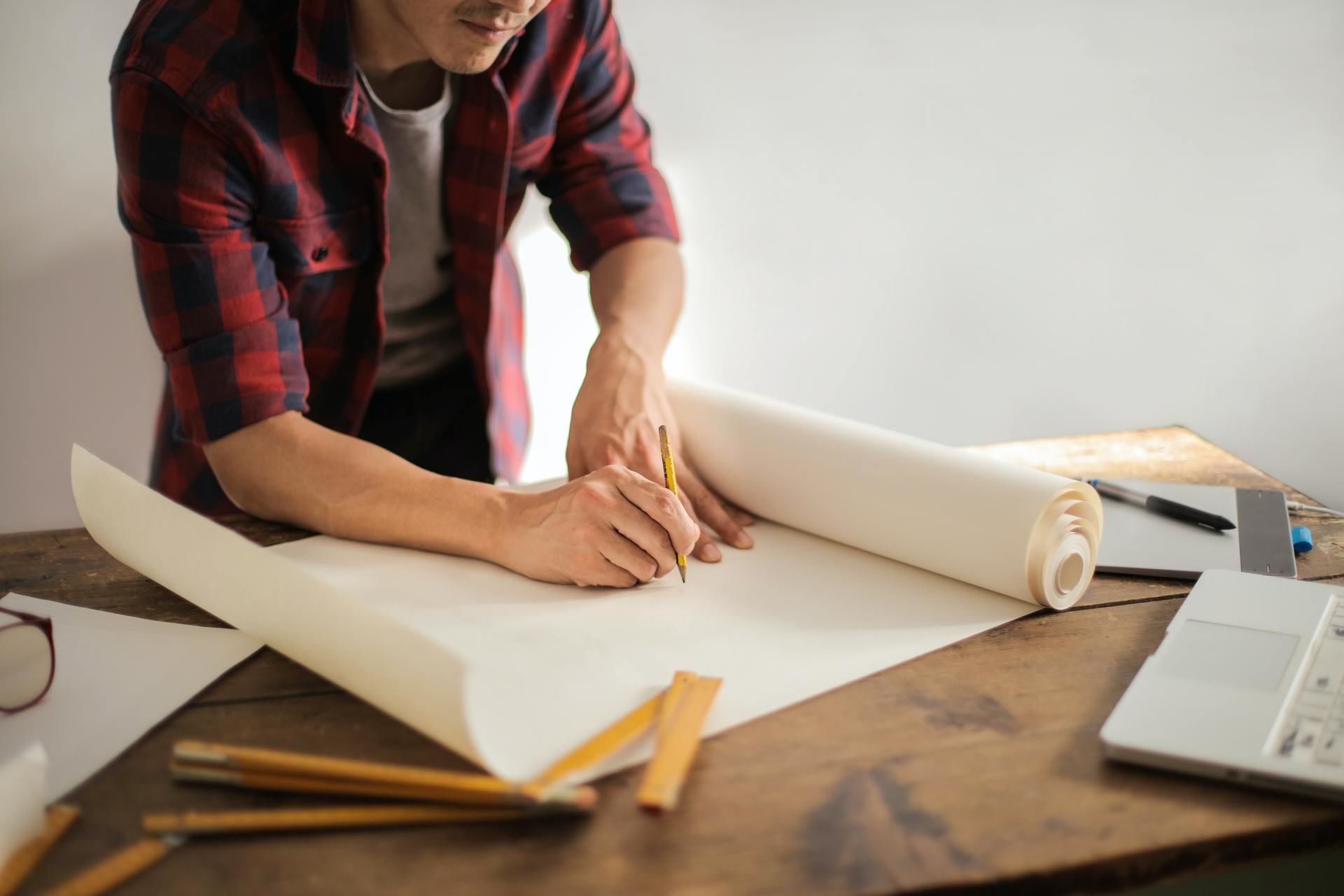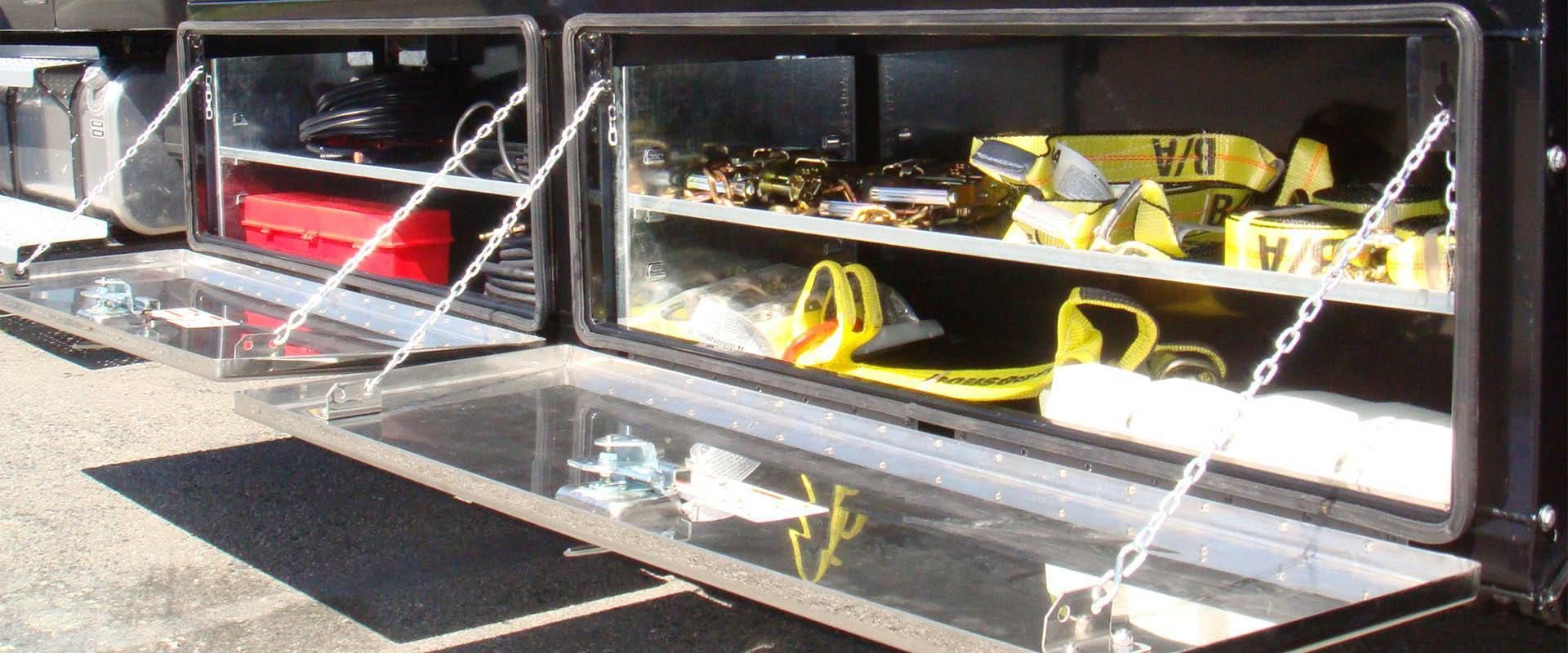
30 Nov Understanding the Purpose of Prototyping
One of the reasons custom metal fabrication produces such durable products is the preliminary work that goes into it. One of the first steps in the fabrication process is to create a prototype of the item in question. What exactly is prototyping, and is there a purpose behind it? Let’s take a closer look.
What is Prototyping?
“Prototyping” is a broad term that applies to far more industries than just custom metal fabrication. It simply refers to creating an early design or model of an item to gain a better understanding of the logistics.
In the film industry, before movies, TV shows, and commercials ever see the light of day, a storyboard is created. The storyboard simply provides an early “sketch” or “idea” of what the final product will look like. A storyboard is a form of prototype.
In custom metal fabrication, the purpose of prototyping is a little more than a sketch. Typically created by a team of engineers and operators, it reflects a customer’s needs and desires so that changes can be made if necessary. Prototyping plays an important role in creating a satisfactory final product.
Is Prototyping Necessary?
If you aren’t convinced, or you simply want to know more about the prototyping process, consider the benefits of prototyping in custom metal fabrication.
-
Helps everyone see the end goal and desire.
A proper prototype ensures that everyone is on the same page. After all, in order to satisfy a customer, the manufacturer has to create a product that meets all of their needs and desires. Nailing down that vision through prototyping provides guidance for the professional and peace of mind for the customer.
-
Saves time and money during the fabrication process.
Almost everything in life goes smoother with a little bit of preparation. You can’t build a quality house without putting time into the foundation. The same is true for any other type of craftsmanship. Designing a prototype helps the actual building process by laying a proper foundation to work off of.
-
Prevents problems or delays from occurring.
Additionally, prototyping allows builders to view the process step by step. In other words, it becomes a lot easier to foresee potential problems and structural compromises. This prevents problems from occurring during building, which in turn prevents unnecessary delays.
-
Allows for early changes to be made to the material, design, etc.
After seeing the prototype, the customer may decide that they want to make a minor change or go a different route entirely. With the help of the manufacturer, the prototype can be adjusted accordingly.
-
Keeps professionals accountable for the final product.
Additionally, a prototype provides a measure of accountability for the manufacturer. After all, if a customer finds a prototype satisfactory and is presented with an entirely different final product, it provides a basis for comparison. The company cannot simply say, “Oh, we misunderstood what you wanted” when a prototype was approved.
Who Are We, and How Can We Help?
RC utilizes continuous improvement methods, high-quality materials, and the best fabrication tools money can buy, RC constantly refines our toolboxes and other products to give you the best result at the most economical rates. If you struggle with your current supplier’s quality, give RC a try. You will find that we deliver as promised.



